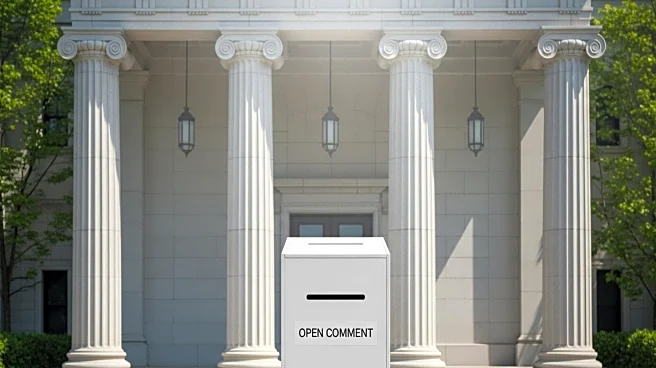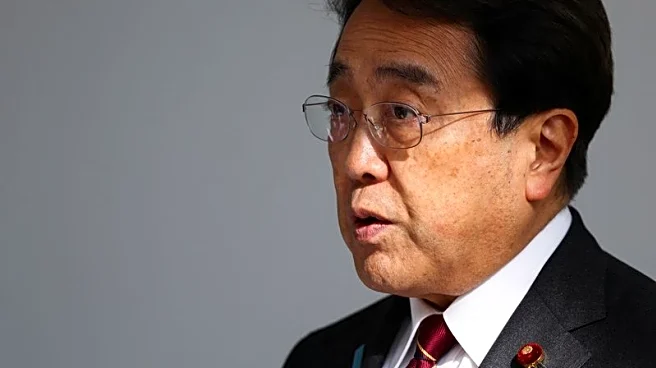What's Happening?
The Trump administration's plan to reorganize the Agriculture Department is facing scrutiny as the deadline for public comments approaches on August 31. Democratic Senators Amy Klobuchar and Adam Schiff have requested a 60-day extension for the comment period, citing concerns from constituents about the review process. The reorganization proposal includes relocating 2,600 USDA employees from the Washington metropolitan area to various locations across the country. Additionally, Solutions for the Land, a nonprofit organization, has urged the administration to modernize rather than close the Beltsville Agricultural Research Center, highlighting its importance to U.S. agricultural science.
Why It's Important?
The proposed reorganization of the USDA could significantly impact the department's operations and the agricultural sector. Relocating employees may disrupt existing workflows and affect the efficiency of services provided by the USDA. The potential closure of the Beltsville Agricultural Research Center raises concerns about the future of agricultural research and innovation in the U.S. Extending the comment period would allow more stakeholders, including farmers and scientists, to voice their opinions and potentially influence the final decision. The outcome of this reorganization could have lasting effects on agricultural policy and research capabilities.
What's Next?
If the comment period is extended, stakeholders will have additional time to provide feedback, which could lead to revisions in the reorganization plan. The USDA will need to address the concerns raised by senators and other groups, potentially altering its approach to the relocation and modernization of facilities. Congressional oversight and public scrutiny may increase as the reorganization progresses, influencing future decisions and policies within the department.
Beyond the Headlines
The reorganization plan highlights broader issues of government efficiency and resource allocation. It raises questions about the balance between modernization and preservation of existing research facilities. The decision to relocate employees and close research centers could set precedents for how other government departments approach restructuring, impacting federal employment and research priorities.













